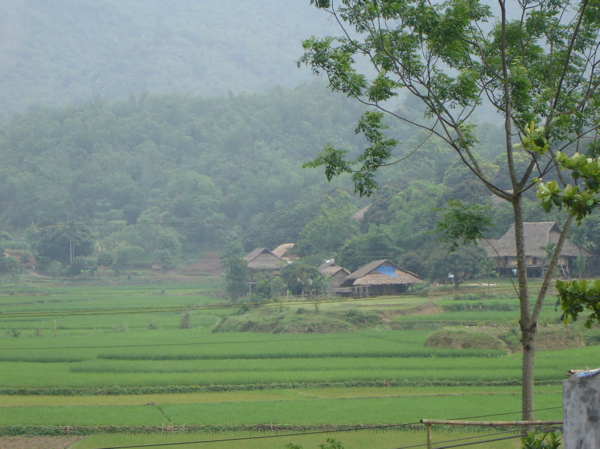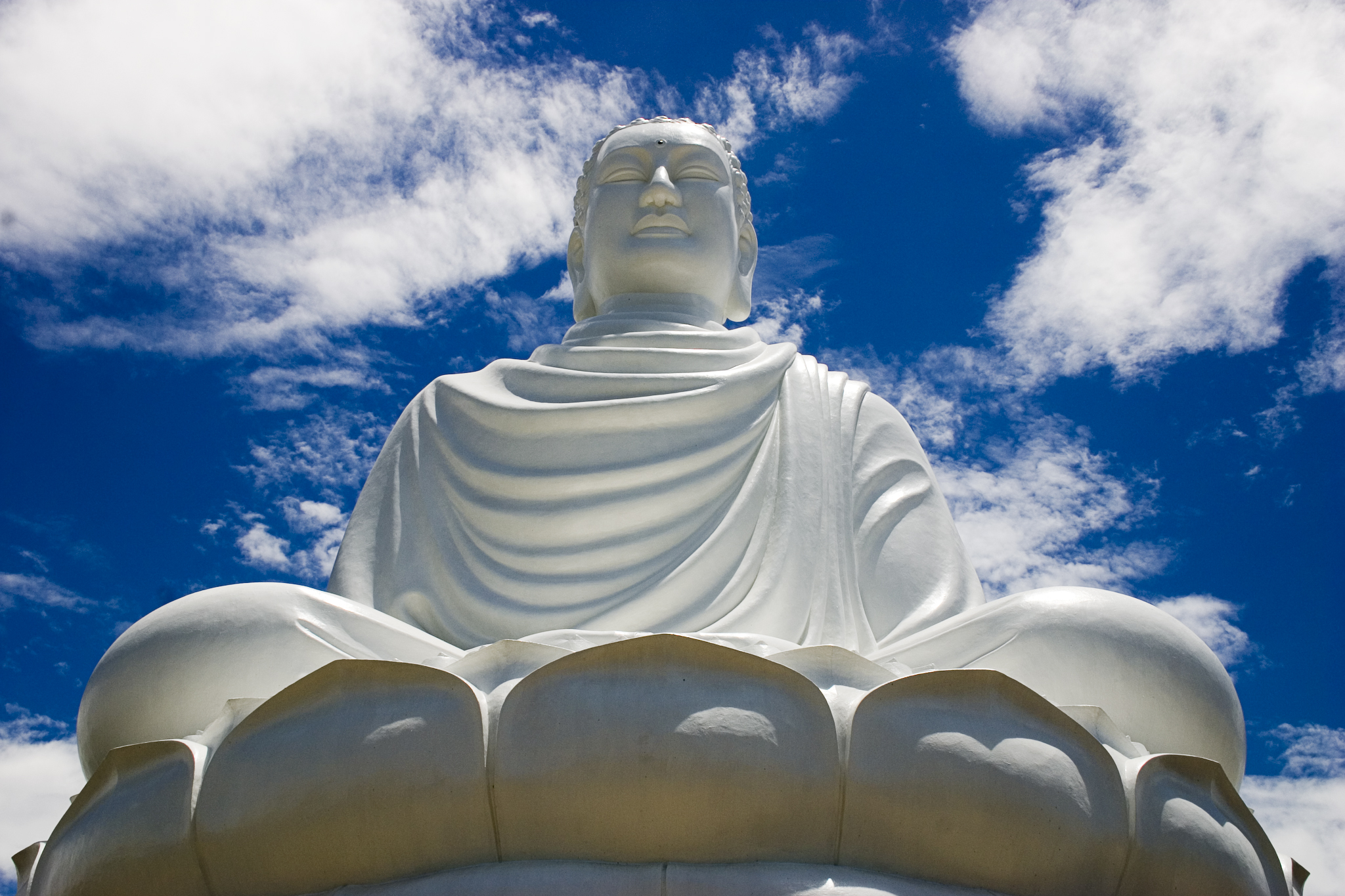|
Muong Ethnic Religion
Muong ethnic religion is an ethnic religion, among the Muong people, Muong, in Vietnam. It is polytheism, polytheistic, sharing many supernatural beings with Vietnamese folk religion. This ethnic religion has the lunar new year as main religious festival, including ancestor veneration. Every living person is thought to have many souls. It sees the passage from life to death in stages. It sees the soul as being divided in 90 parts. See also * Tai folk religion * Mo (religion) * Vietnamese folk religion * Yao folk religion References Religion in Vietnam Ethnic religion {{Religion-stub ... [...More Info...] [...Related Items...] OR: [Wikipedia] [Google] [Baidu] |
Ethnic Religion
In religious studies, an ethnic religion is a religion or belief associated with a particular ethnic group. Ethnic religions are often distinguished from universal religions, such as Christianity or Islam, in which gaining converts is a primary objective and, therefore, are not limited in ethnic, national or racial scope. Terminology A number of alternative terms have been used instead of ''ethnic religion''. Another term that is often used is ''folk religion''. While ''ethnic religion'' and ''folk religion'' have overlapping uses, the latter term implies "the appropriation of religious beliefs and practices at a popular level." The term ''folk religion'' can therefore be used to speak of certain Chinese and African religions, but can also refer to popular expressions of more multi-national and institutionalized religions such as Folk Christianity or Folk Islam. In Western contexts, a variety of terms are also employed. In the United States and Canada a popular alternativ ... [...More Info...] [...Related Items...] OR: [Wikipedia] [Google] [Baidu] |
Muong People
The Mường (Mường language: ngài Mõl (Mường Bi), ngài Mường; ) are an ethnic group native to northern Vietnam. The Mường is the country's third largest of 53 minority groups, with an estimated population of 1.45 million (according to the 2019 census). The Mường people inhabit a mountainous region of northern Vietnam centered in Hòa Bình Province where they are a majority and some districts of Phú Thọ province and Thanh Hóa Province. They speak a Vietic language related to the Vietnamese language and share an ancient ethnic roots with the Vietnamese (Kinh) people. Etymology The word Mường in Vietnamese is etymologically related to the word mueang from the Tai languages, meaning "cultivated land" or "community", and referred to pre-modern semi-independent city-states or principalities in mainland Southeast Asia. This comes from their close association with the Tai peoples. The Mường call the Tai as ɲew, Nyo or Âu; while referring to themselv ... [...More Info...] [...Related Items...] OR: [Wikipedia] [Google] [Baidu] |
Vietnam
Vietnam or Viet Nam ( vi, Việt Nam, ), officially the Socialist Republic of Vietnam,., group="n" is a country in Southeast Asia, at the eastern edge of mainland Southeast Asia, with an area of and population of 96 million, making it the world's sixteenth-most populous country. Vietnam borders China to the north, and Laos and Cambodia to the west. It shares maritime borders with Thailand through the Gulf of Thailand, and the Philippines, Indonesia, and Malaysia through the South China Sea. Its capital is Hanoi and its largest city is Ho Chi Minh City (commonly known as Saigon). Vietnam was inhabited by the Paleolithic age, with states established in the first millennium BC on the Red River Delta in modern-day northern Vietnam. The Han dynasty annexed Northern and Central Vietnam under Chinese rule from 111 BC, until the first dynasty emerged in 939. Successive monarchical dynasties absorbed Chinese influences through Confucianism and Buddhism, and expanded ... [...More Info...] [...Related Items...] OR: [Wikipedia] [Google] [Baidu] |
Polytheism
Polytheism is the belief in multiple deities, which are usually assembled into a pantheon of gods and goddesses, along with their own religious sects and rituals. Polytheism is a type of theism. Within theism, it contrasts with monotheism, the belief in a singular God who is, in most cases, transcendent. In religions that accept polytheism, the different gods and goddesses may be representations of forces of nature or ancestral principles; they can be viewed either as autonomous or as aspects or emanations of a creator deity or transcendental absolute principle (monistic theologies), which manifests immanently in nature (panentheistic and pantheistic theologies). Polytheists do not always worship all the gods equally; they can be henotheists, specializing in the worship of one particular deity, or kathenotheists, worshiping different deities at different times. Polytheism was the typical form of religion before the development and spread of the Abrahamic religions of Ju ... [...More Info...] [...Related Items...] OR: [Wikipedia] [Google] [Baidu] |
Vietnamese Folk Religion
Vietnamese folk religion ( vi, tín ngưỡng dân gian Việt Nam, sometimes just called , Chữ Hán: ) is the ethnic religion of the Vietnamese people. About 86% of the population in Vietnam are associated with this religion. Vietnamese folk religion is not an organized religious system, but a set of local worship traditions devoted to the , a term which can be translated as "spirits", "gods" or with the more exhaustive locution "generative powers". These gods can be nature deities or national, community or kinship tutelary deities or ancestral gods and the ancestral gods of a specific family. Ancestral gods are often deified heroic persons. Vietnamese mythology preserves narratives telling of the actions of many of the cosmic gods and cultural heroes. The Vietnamese indigenous religion is sometimes identified as Confucianism since it carries values that were emphasized by Confucius. is a distinct form of Vietnamese shamanism, giving prominence to some mother goddesses i ... [...More Info...] [...Related Items...] OR: [Wikipedia] [Google] [Baidu] |
Ancestor Veneration
The veneration of the dead, including one's ancestors, is based on love and respect for the deceased. In some cultures, it is related to beliefs that the dead have a continued existence, and may possess the ability to influence the fortune of the living. Some groups venerate their direct, familial ancestors. Certain sects and religions, in particular the Eastern Orthodox Church and Roman Catholic Church, venerate saints as intercessors with God; the latter also believes in prayer for departed souls in Purgatory. Other religious groups, however, consider veneration of the dead to be idolatry and a sin. In European, Asian, Oceanian, African and Afro-diasporic cultures, the goal of ancestor veneration is to ensure the ancestors' continued well-being and positive disposition towards the living, and sometimes to ask for special favours or assistance. The social or non-religious function of ancestor veneration is to cultivate kinship values, such as filial piety, family loyalty, a ... [...More Info...] [...Related Items...] OR: [Wikipedia] [Google] [Baidu] |
Tai Folk Religion
The Tai folk religion, or Satsana Phi ( lo, ສາສະໜາຜີ, links=no; th, ศาสนาผี, links=no, , "religion of spirits"), or Ban Phi ( Ahom: 𑜈𑜃𑜫 𑜇𑜣) is a form of animist religious beliefs intermixed with Buddhist beliefs traditionally and historically practiced by groups of ethnic Tai peoples. It is a syncretic mixture of Buddhist and Hindu practices with local traditional beliefs in mainland southeast Asia. Tai folk religion was a dominant native religion in mainland Southeast Asia until the arrival of Buddhism and Hinduism. Tai folk animist traditions are practiced by the various Tai ethnic groups (such as Lao, Ahom, Shan, Dai, Khamti, Isan, Central Thai etc.). These religions are animistic and polytheistic and their practice involves classes of shamans and ancestor worship. However they have a more syncretic nature and are partially Buddhist in nature. Often a family practises both Buddhism and animism. Among the Lao, the Lao Loum a ... [...More Info...] [...Related Items...] OR: [Wikipedia] [Google] [Baidu] |
Mo (religion)
Mo or Moism () is the religion of most Zhuang people, the largest ethnic minority of China. It has a large presence in Guangxi. While it has a supreme god, the creator Bu Luotuo (布洛陀), numerous other deities are venerated as well. It has a three-element-theory (sky, earth and water). Mo is animistic, teaching that spirits are present in everything. Mo developed from prehistoric beliefs of the Zhuang people; it also has similarities to Chinese folk religion, and has developed similar doctrines to Buddhism and Taoism, in the process of competition with the influence of these religions on Zhuang culture. The Cultural Revolution of China weakened Mo, though the religion has undergone a revival since the 1980s. Moism varies from region to region. Beliefs Mo has a three-element theory (sky, earth and water). The religion is animistic, teaching that spirits are present in everything. The spirits are seen as immortal and subject to changes in mood. Mo exhibits totemism and the ... [...More Info...] [...Related Items...] OR: [Wikipedia] [Google] [Baidu] |
Yao Folk Religion
Yao folk religion is the ethnic religion of the Yao people, a non-Sinitic ethnic group who reside in the Guangxi, Hunan and surrounding provinces of China. Their religion has been profoundly intermingled with Taoism since the 13th century, so much that it is frequently defined as Yao Taoism ( ''Yáozú Dàojiào'').Alberts, Eli. A History of Daoism and the Yao People of South China'. Cambria Press, 2006. In the 1980s it was found that the Yao clearly identified with the Chinese-language Taoist theological literature, seen as a prestigious statute of culture ( ''wénhuà'').Litzinger, Ralph A. ''Other Chinas: The Yao and the Politics of National Belonging''. Duke University Press, 2000. Yao folk religion was described by a Chinese scholar of the half of the 20th century as an example of deep "Taoisation" ( ''Dàojiàohuà''). Yao core theology and cosmology is Taoist; they worship the deities of canonical Taoism (above all the Three Pure Ones) as the principal deities, while lesse ... [...More Info...] [...Related Items...] OR: [Wikipedia] [Google] [Baidu] |
Religion In Vietnam
The majority of Vietnamese do not follow any organized religion, instead participating in one or more practices of folk religions, such as venerating ancestors, or praying to deities, especially during Tết and other festivals. Folk religions were founded on endemic cultural beliefs that were historically affected by Confucianism and Taoism from China, as well as by various strands of Buddhism. These three teachings or ''tam giáo'' were later joined by Christianity which has become a significant presence. Vietnam is also home of two indigenous religions: syncretic Caodaism and quasi-Buddhist Hoahaoism. According to estimates by the Pew Research Center in 2010, most of the Vietnamese people practiced (exclusively) folk religions (45.3%). 16.4% of the population were Buddhists, 8.2% were Christians, and about 30% were unaffiliated to any religion. Officially, the Socialist Republic of Vietnam is an atheist state, as declared by its communist government. According to stat ... [...More Info...] [...Related Items...] OR: [Wikipedia] [Google] [Baidu] |



